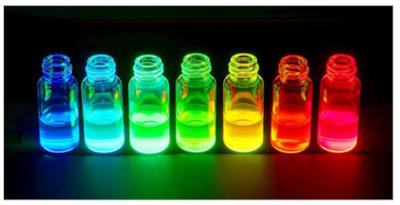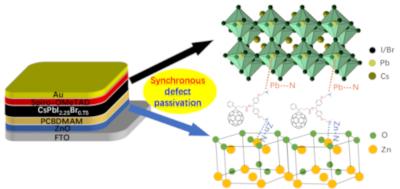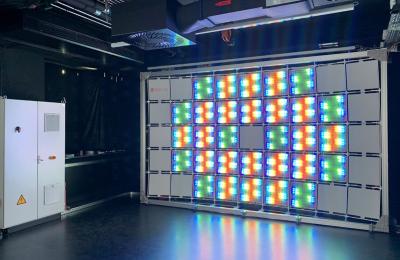New strategy based on bis-diazirine (BD) molecules enables stable and efficient perovskite solar cells
Researchers from China's Fudan University, Central South University, East China Normal University, Chinese Academy of Sciences and Suzhou University of Science and Technology, along with Canada's University of Victoria and Austria's University of Vienna, have proposed a novel strategy to achieve efficient and stable perovskite solar cells (PSCs) through introducing bis-diazirine molecules to immobilize the organic cations by covalent bonds.
The resulting PSCs exhibited a high certified efficiency of over 24% with long operational stability of over 1,000 hours. The scientists believe that this strategy also possesses great potential in other perovskite-based optoelectronic devices.




